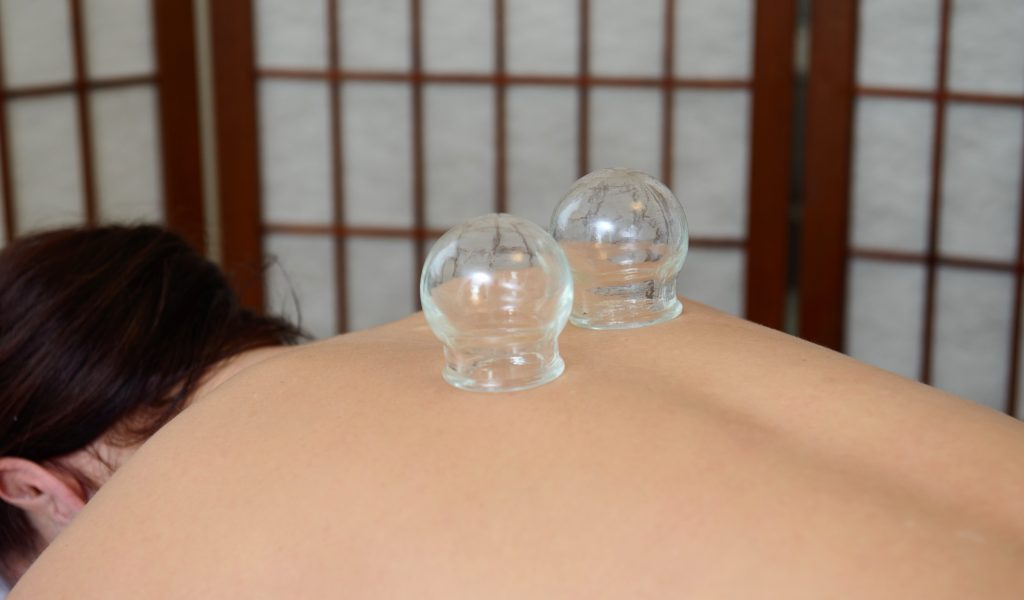Since I became an acupuncturist in 2003, cupping has spiked in popularity. From Gwyneth Paltrow showing off her cupping marks on the red carpet about a decade ago to Gold Medalist swimmer Michael Phelps in 2016 and quite a few olympic athletes in the more recent years. Although this seems to have made the practice fashionable, it is by no means new. This technique has been part of Chinese medicine for over two thousand years and there are even older records of the practice in ancient Greece.
What is Cupping?
If you think about it simply: when your body is stressed from repetitive movements, exercise, emotions, or even from being stuck in one position for a long period, your blood vessels and muscles constrict. This reduces circulation leaving old, nutrient-depleted blood and metabolites like lactic acid to accumulate in the tissue which leads to pain (tension, soreness, stiffness).

Where Are Cups Used?
Cupping is most commonly done along the back, shoulders, and back of the neck, although in some cases they are placed on the forearms, hamstrings, and lower legs. They can be left in place or moved across in a sliding motion.
When Is Cupping Most Effective?
Cupping is ideal for when you have muscles that are too tight, sore, stiff, or painful. It can also be very useful for chest congestion and coughs.
How Does Cupping Work?
How the cups are applied depends on the type of material being used. For example, there are cups (mostly plastic, some glass) that have air nozzles at the top so that your practitioner can manually create the suction through a tube or attachment device. That is one way. The other is with glass cups and fire. Actually called “Fire Cupping,” this is the traditional way cupping has been done for millennia and is the type that requires formal training. Fire Cupping was part of my curriculum in grad school and we were tested on performing it safely and effectively before starting clinical Internships.
Word of Caution
Please make sure you get cupping done from a trained practitioner. Some people think cupping is easy to learn and do, but it takes a trained practitioner to be aware of when to not do cupping, areas to avoid, and overall safe application.

